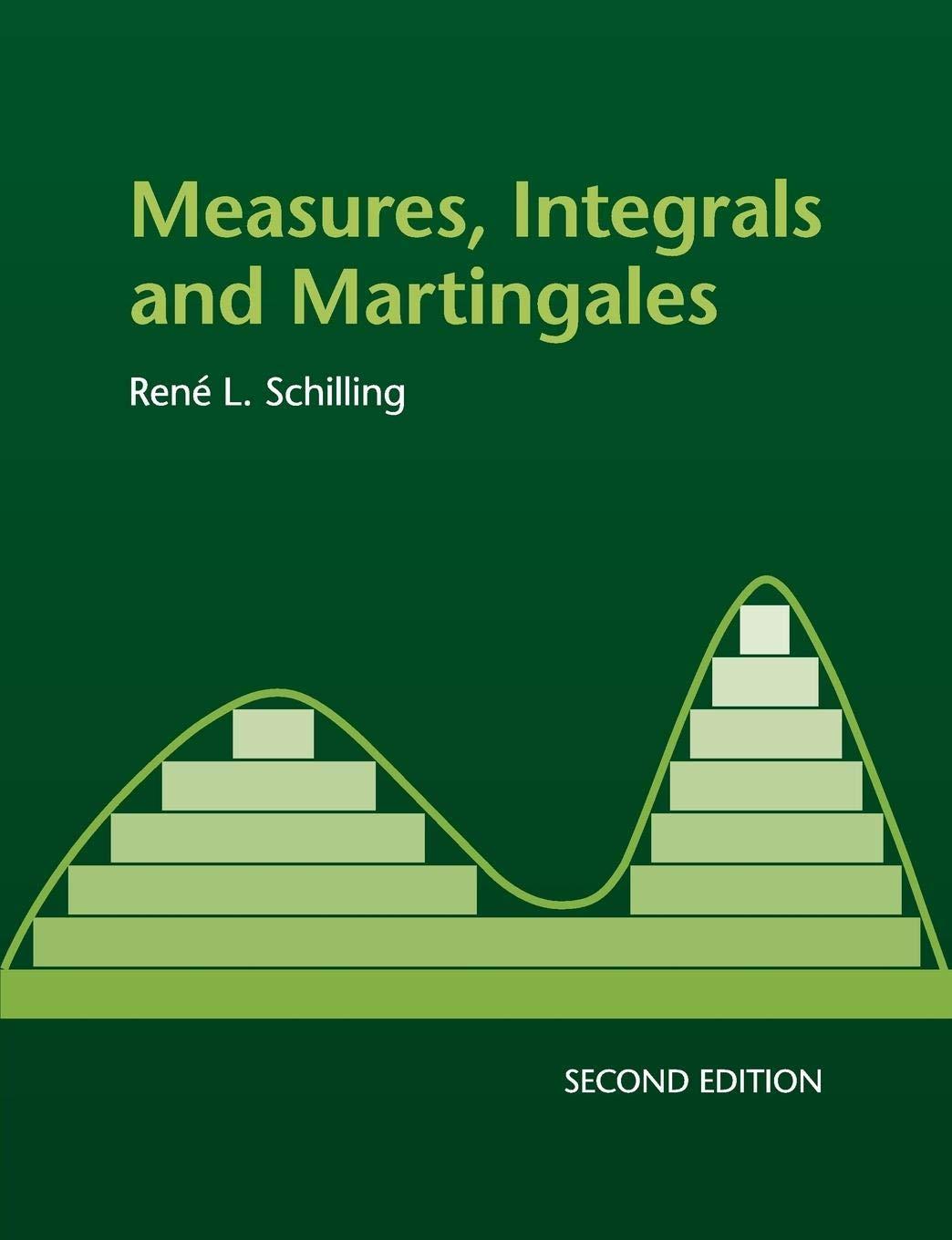(Continuation of Problem 27.15 ). If (int u_{1} d mu=0) and (mathbb{E}^{mathscr{A}_{n}} u_{n+1}=0), then (left(u_{n}ight)_{n in mathbb{N}})...
Question:
(Continuation of Problem 27.15 ). If \(\int u_{1} d \mu=0\) and \(\mathbb{E}^{\mathscr{A}_{n}} u_{n+1}=0\), then \(\left(u_{n}ight)_{n \in \mathbb{N}}\) is called a martingale difference sequence. Assume that \(u_{n} \in L^{2}(\mathscr{A})\) and denote by \(s_{k}:=u_{1}+\cdots+u_{k}\) the partial sums. Show that \(\left(s_{n}^{2}, \mathscr{A}_{n}ight)_{n \in \mathbb{N}}\) is a submartingale satisfying
\[\int s_{k}^{2} d \mu=\sum_{n=1}^{k} \int u_{n}^{2} d \mu\]
Data from problem 27.15
Let \((X, \mathscr{A}, \mu)\) be a measure space and \(\left(u_{n}ight)_{n \in \mathbb{N}} \subset L^{1}(\mathscr{A})\). Show that
\[
m_{1}:=u_{1}, \quad m_{n+1}-m_{n}:=u_{n+1}-\mathbb{E}^{\mathscr{A}_{n}} u_{n+1}
\]
is a martingale under the filtration \(\mathscr{A}_{n}:=\sigma\left(u_{1}, \ldots, u_{n}ight)\).
Step by Step Answer:






